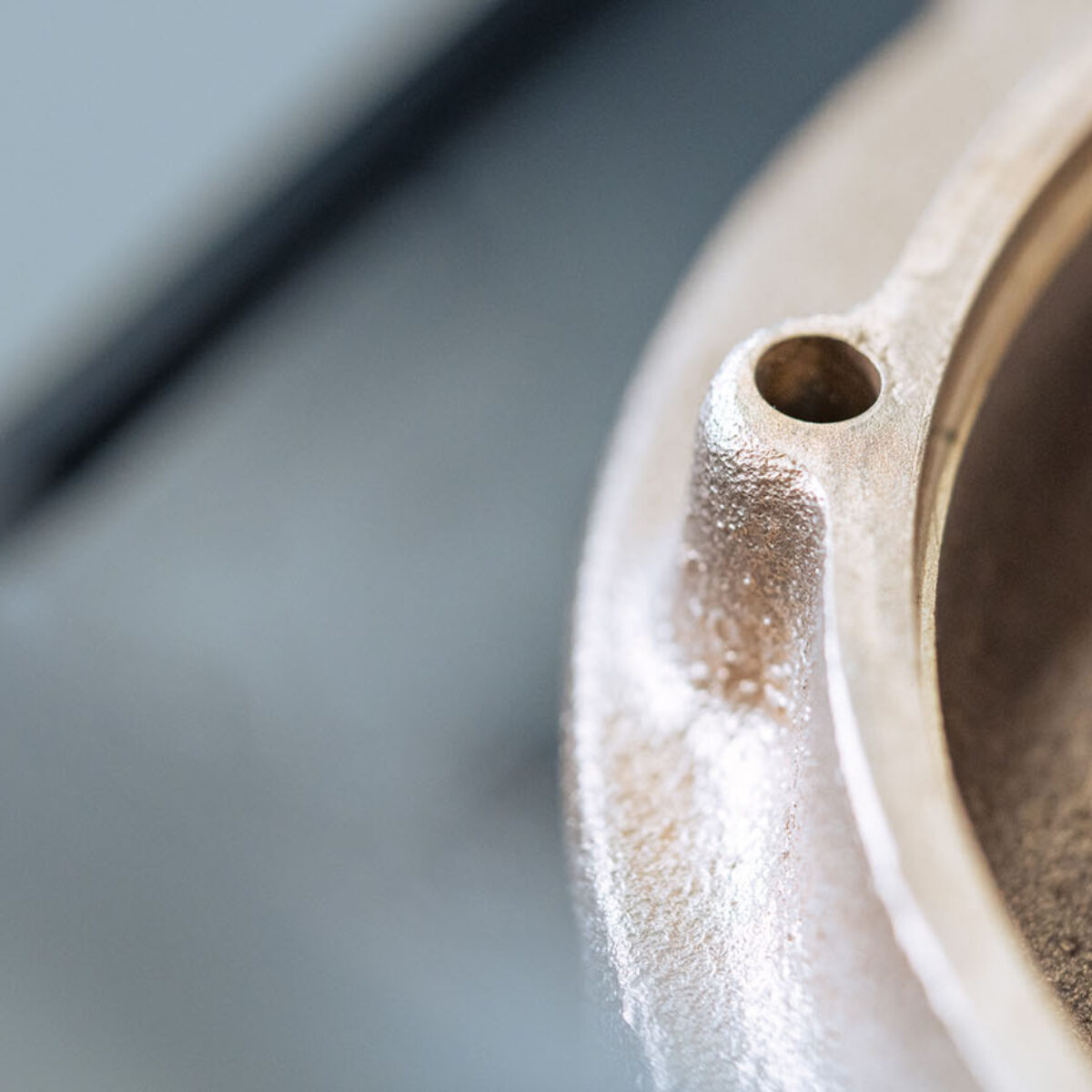Source separation for buildings and homes
With Jets® vacuum sanitary systems, source separation becomes simple and scalable by cutting water use, reducing wastewater volumes, and enabling the reuse of valuable resources.
Vacuum sanitary systems is beneficial both for cabins and homes as well as large buildings.
- Less water use
- Less sewage produced
- Enables resource reuse
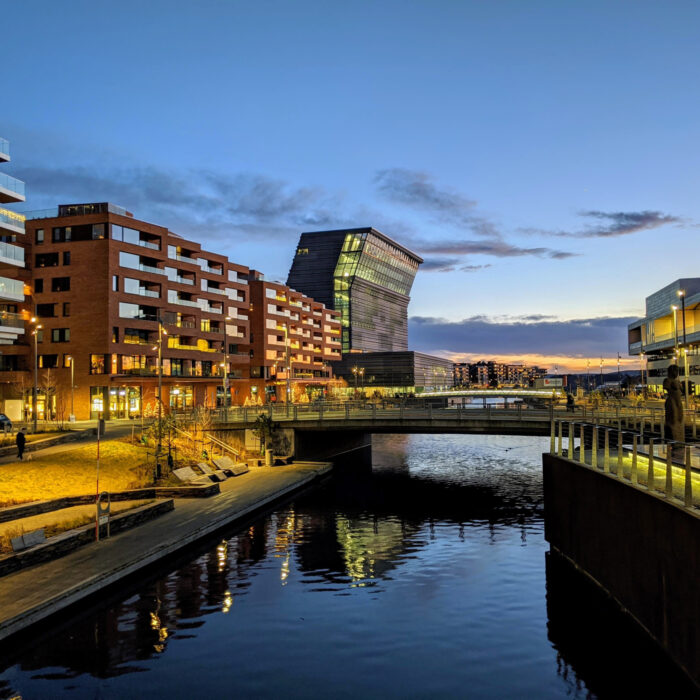
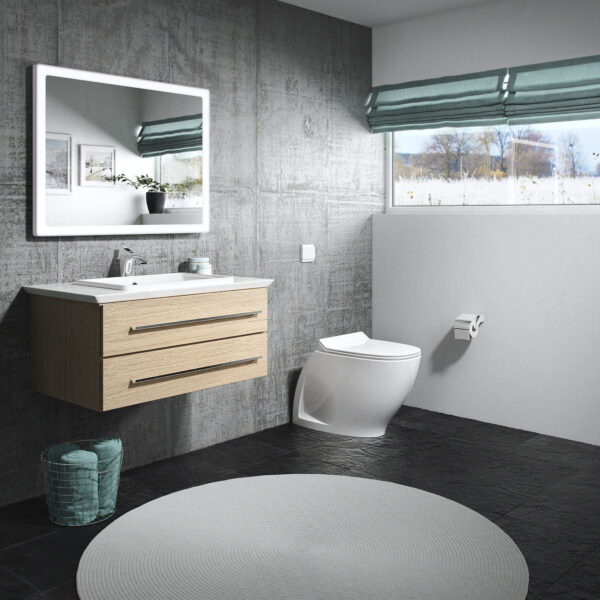
Why separate greywater and blackwater?
Separating greywater and blackwater allows each stream to be treated more efficiently and in a more sustainable way.
Greywater (from showers, sinks, and appliances) makes up most of the wastewater volume but contains relatively little contamination. It can be treated and reused on-site, for example in irrigation, toilet flushing, or heat recovery systems.
Blackwater (from toilets) is smaller in volume but rich in nutrients and organic matter. It can be collected safely in a sealed tank for treatment or used as a source of renewable energy through for example biogas production.
Jets® vacuum sanitary systems transport wastewater through narrow, sealed pipes using air pressure instead of gravity. Each flush uses 0.5–1.2 litres of water, cutting water consumption by up to 90% compared to traditional toilets. Because vacuum systems don’t rely on slope, they can be installed almost anywhere!
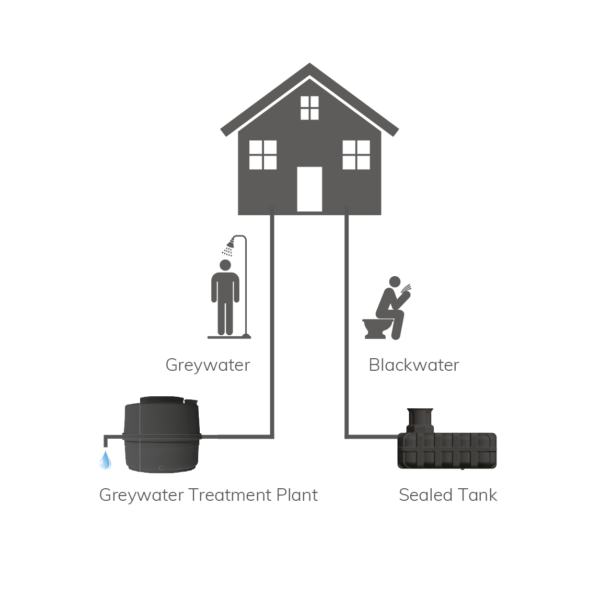
Source separation for cabins and off-grid homes
In cabins, vacation homes, and remote properties without public sewage connections, Jets® vacuum systems offer a simple, practical way to handle wastewater.
Blackwater is collected in a sealed tank and emptied at intervals.
Greywater can be purified through our Ecomotive® A02 greywater treatment plant a through a filtering trench and back to the ground.
This means that Jets® vacuum sanitary system gives you elf-contained, low-energy wastewater solution with minimal excavation and long service life. Ideal for sustainable off-grid living.
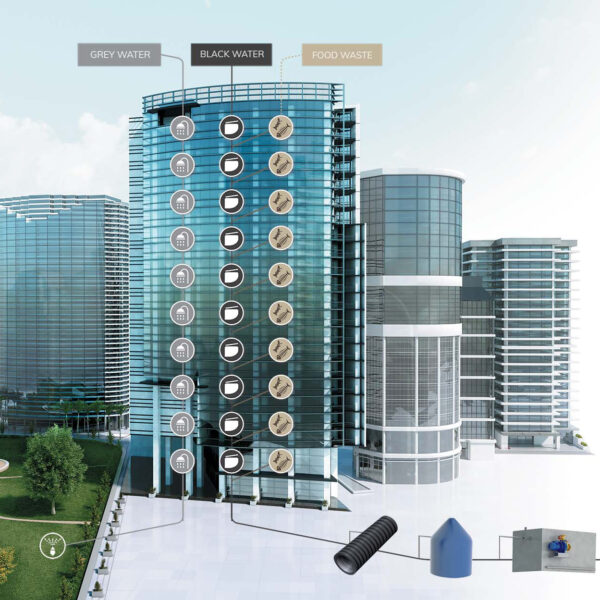
For green and sustainable buildings
In modern developments, separating wastewater streams is becoming an important strategy for reducing environmental impact and meeting certification targets such as BREEAM and LEED.
Jets® vacuum sanitary systems make this separation possible. By dividing greywater and blackwater at the source, building owners gain flexibility to reclaim water locally or prepare for future biogas recovery. Without redesigning their entire infrastructure!
The result of having Jets® vacuum sanitary systems is lower water consumption, cleaner discharge, and future-ready plumbing that supports circular resource use.
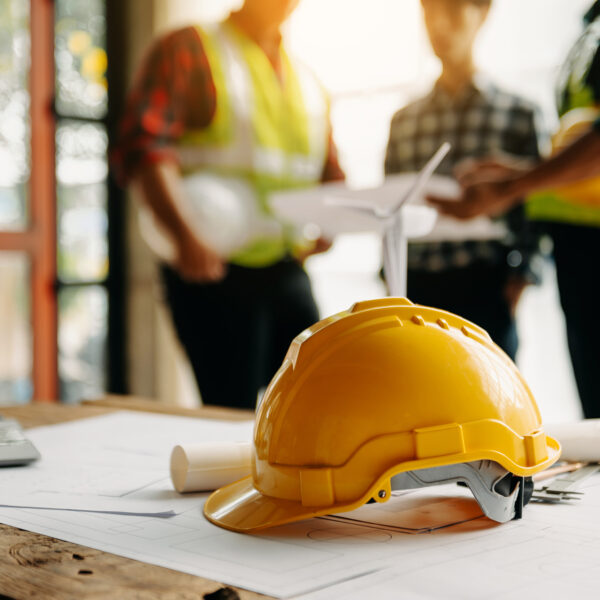
Low impact, long-term benefits
Jets® vacuum systems reduce the need for heavy excavation and deep trenches. This makes them especially well-suited for eco-sensitive areas or decentralised wastewater projects that aim to minimise environmental footprint.
Since vacuum systems do not rely on gravity, installation avoids deep trenches and heavy excavation. Pipes can follow the land, not reshape it.
This reduces the disturbance to natural features like soil layers, roots, and vegetation. It also means fewer machines, shorter installation times, and a smaller construction footprint overall. For projects aiming to protect ecosystems and build with care, vacuum systems help make minimal-footprint solutions possible.
Jets® source separation technology offers a future-proof foundation for wastewater systems that save water, reuse resources, and protect nature - one flush at a time.

